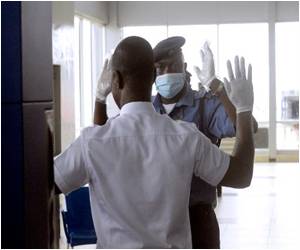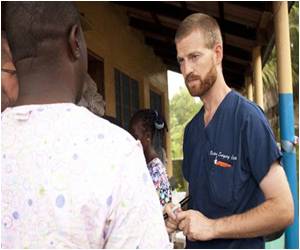At Arizona State University and the University of Tokyo, new research that analyzes transmission rates of Ebola in West African countries shows how rapidly the disease is spreading.

"Our analysis of the reproduction numbers of Ebola cases shows continuous growth from June to August 2014 that signalled a major epidemic," Nishiura said. "Uncontrolled cross-border transmission could fuel a major epidemic to take off in new geographical areas as was seen in Liberia."
Rates of transmission increased from June to July in Sierra Leone and Liberia from 1.4 to 1.7 respectively for every existing case. The statistical analysis is detailed in the paper, "Early transmission dynamics of Ebola virus disease, West Africa, March to August 2014," published today in Eurosurveillance.
"Our findings suggest that control of the Ebola epidemic that has taken so many lives could be attained by preventing more than half of the secondary transmissions for each primary case. This could be attained by isolating those with Ebola and tracing each case to its source," Chowell said.
The current epidemic is the largest and first regional outbreak of Ebola in Africa. The outbreak was not recognized until March of 2014 after starting around December of 2013, which facilitated the spread to Sierra Leone, Liberia and Nigeria. The World Health Organization declared the epidemic a Public Health Emergency of International Concern in August.
"Characterizing the distribution of secondary cases from a single case can help healthcare workers and officials understand Ebola transmission dynamics over time in affected countries and gauge the effect of interventions to control spread of the disease," he added.
Advertisement
Transmission rates are consistent with the rate of spread from prior outbreaks in Central Africa, researchers found.
Source-Eurekalert











